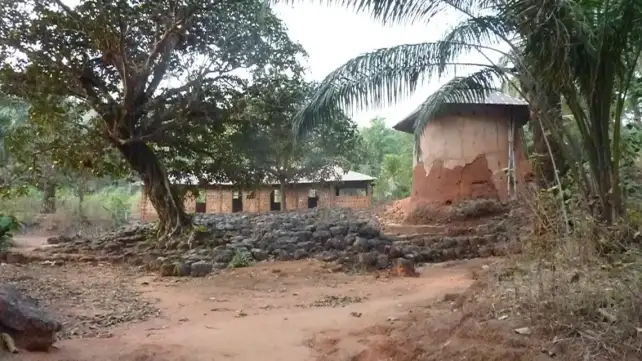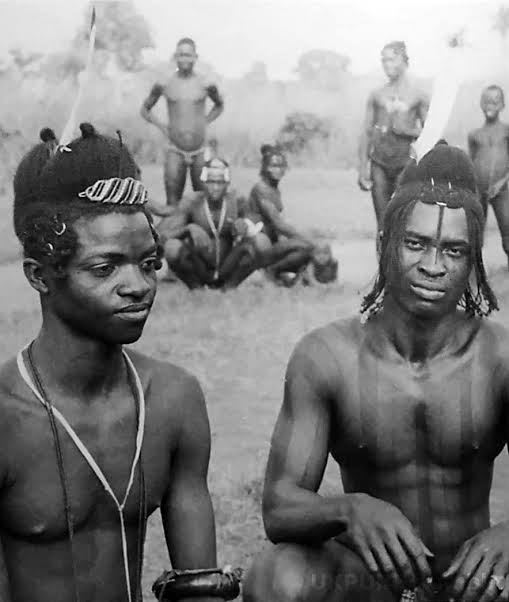Sketch of Igbo Cosmology / Unknown source.
Many have misunderstood the concept of "Chukwu" in Igbo culture. That confusion arose partly due to colonialism and missionization that sought to reform Igbo understandings of deity to better fit Judeo-Christian beliefs about one all-powerful God . However, Igbo worship was historically a belief in many gods, each…



